What should I do if I can't reach the strings when I pull my little finger on the erhu?
Believe that many erhu beginners will have some doubts: "Teacher, can I learn erhu with my short pinky finger?", "Teacher, how should I practice four-fingered chords with my short pinky finger, I can't always feel it?" , "Teacher, my pinky finger is very stiff when I practice four-fingered chords, what should I do?"
So are these problems really just because of my short pinky finger?
In fact, in the fingering practice of erhu, for beginners, it is relatively easy to get started with one finger and two fingers, while the third finger, especially the fourth finger (little finger), will be more difficult. This is because the little finger is the least used and the weakest finger in our daily life, so we need targeted training during practice to effectively overcome this problem.
Note that when pressing the strings with four fingers (little finger):
1. The hand shape should be well placed. On the basis of the placement of the second and third fingers (middle finger and ring finger), straighten the little finger to the string;
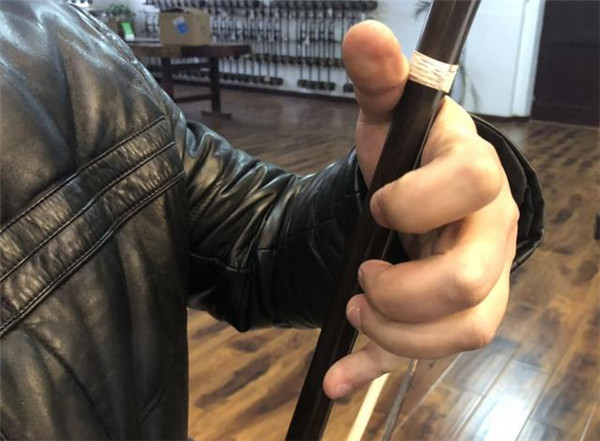
In the early stage, the hand should be positioned correctly before the little finger practice.
2. Send the wrist slightly out as needed (this can solve the problem that the little finger of a few people cannot reach the string)
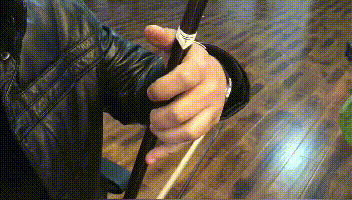
You can skip this step if your pinky finger can easily reach the strings.
3. Keeping the above hand shape, practice raising the little finger (lifting on the string - lowering - lifting - lowering the cycle)
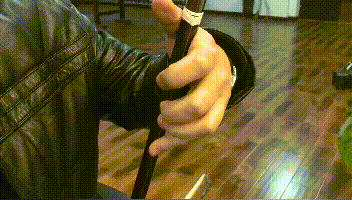
This step seems simple, but it actually requires a certain amount of repeated practice. It is recommended to practice for about 5 minutes every day at the beginning until muscle memory is formed.
4. Practice scales when the little finger is able to press the strings proficiently.
Beginners must pay attention when they first practice the little finger to press the strings: they should not turn their wrists down just because the little finger is too hard for the strings. Many Hu friends who are self-taught erhu will make such mistakes and must be corrected. Otherwise, it will cause the little finger to press the strings slowly, and the slightly faster tunes are easy to make mistakes.
After you can master the essentials of the little finger pressing the strings, you can practice some special "little finger etudes". Here, the erhu tutorial teacher has also found some for you:
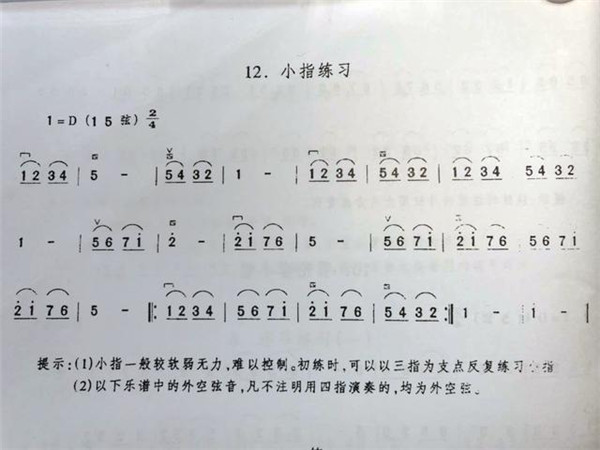
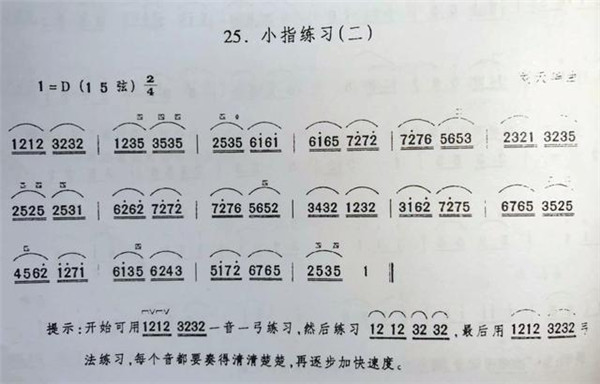
There are also some Hu friends who may have similar problems from the "three fingers". In fact, when they are resting in life, they can also do some small exercises with their fingers - "finger raising exercises" can be performed at any time and anywhere. , just lay your hand flat, then lift your fingers one by one, starting with your index finger—put it down, and practice over and over again.
 渝公网安备 50010702504639号
渝公网安备 50010702504639号